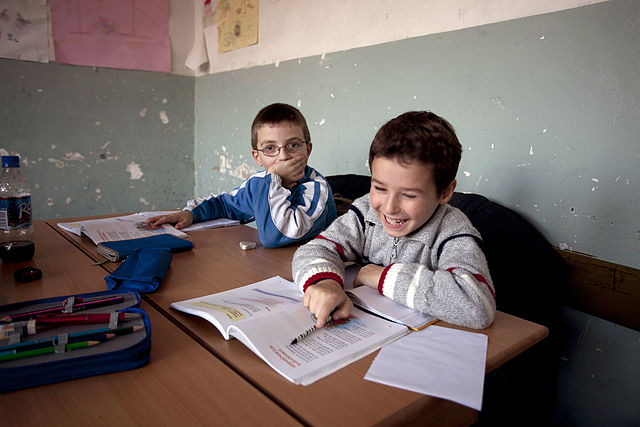Increased Acknowledgement of Romani Language Rights in the 1990s

A global movement towards the protection and acknowledgement of the rights of indigenous and minority groups, such as the Roma, began in the late 1980s. The first piece of legislation in this movement was the UN Convention on the Rights of the Child in 1989, which states in articles 29-30: “The education of the child shall be directed to ... the development of respect for the child's parents, his or her own cultural identity, language and values ... [and] a child belonging to ... a minority or who is indigenous shall not be denied the right … to use his or her own language” [United Nations, 1989]. Similar treaties include the European Charter for Regional or Minority Languages (1992), the UN Declaration of the Rights of Persons Belonging to National or Ethnic, Religious and Linguistic Minorities (1993), and a declaration at the World Conference on Human Rights in Vienna in June of 1993 [United Nations, 1993]. Despite these treaties and declarations being signed by most European governments, many are critical of their effectiveness in preventing language discrimination against the Roma. For example, Anealla Safdar explains that "under national, European and international law, discrimination in the field of education is prohibited in Slovakia. However, in practice, Slovak authorities have not accompanied the ban on discrimination [against the Roma] with concrete measures to address or prevent it" [Safdar, 2017]. The failure, as many see it, of these agreements to end discrimination against the Roma comes from the fact that countries that signed the agreements are not materially bound by them, there being no means of enforcement.